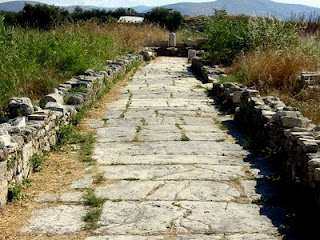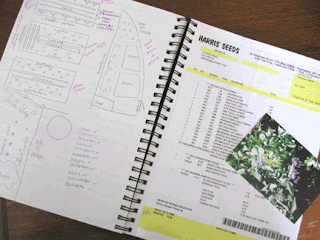If you want to add a little something to your property, landscaping has probably crossed your mind. Even better, you may already be working on improvements. Landscaping can add value to your home and can also boost curb appeal if you are trying to sell. Landscaping can also just be for you and your family. If you love to spend time outdoors, you want your lawn to be as nice as it can be. You can do a lot, depending on where you live and how much space you have. Natural stone landscaping is one way to go and has many applications that you can use to upgrade your home.
 Natural stone landscaping is something that is not quite as common as it was years ago. This is because concrete, cement, and false stone has become more popular and is much easier to use in some cases. You can do a lot with it, making it popular with many homeowners who want modern landscaping in their lawns and on their properties. However, natural stone has a unique and authentic look that you cannot get with anything else. If you seek to use natural materials only, this is the way to go.
Natural stone landscaping is something that is not quite as common as it was years ago. This is because concrete, cement, and false stone has become more popular and is much easier to use in some cases. You can do a lot with it, making it popular with many homeowners who want modern landscaping in their lawns and on their properties. However, natural stone has a unique and authentic look that you cannot get with anything else. If you seek to use natural materials only, this is the way to go.One type of natural stone landscaping is to make a path through your yard. This might be something you do from your backdoor out to the road or your parking area, or something that you have meandering around your garden or whatever else you have done. You can find stones that are flat for this use, but make sure they are thick enough to take a beating. You can find large ones, or small, irregular ones that you can piece together into a path. This look was common for a long time and is gaining in popularity once again.
You can also do great water features using natural stone landscaping. You can move and stack them any way that you wish with any type of rock that you find. This can be more tricky than a patch because these are typically heavier rocks. However, if you have enough help, you should be able to do this without hiring someone professional to do it for you. Make sure you plan things out well and also account for the weight of larger rocks and slabs when you do this. For some things, you may need a building permit depending on where you live. Find out before you start - you can get loads more great backyard landscaping advice here.
You can also use smaller pieces of rock and stone for natural stone landscaping. You can use polished stones or unfinished stones to go around mulched areas or to have in your driveway. These can also be used for a path, though they may move around too much when you mow and cause a problem. They can be added to area where you have to use concrete, like driveways and walkways, as long as they are used correctly. They can add traction or they can be a hazard, so think carefully about your application.




